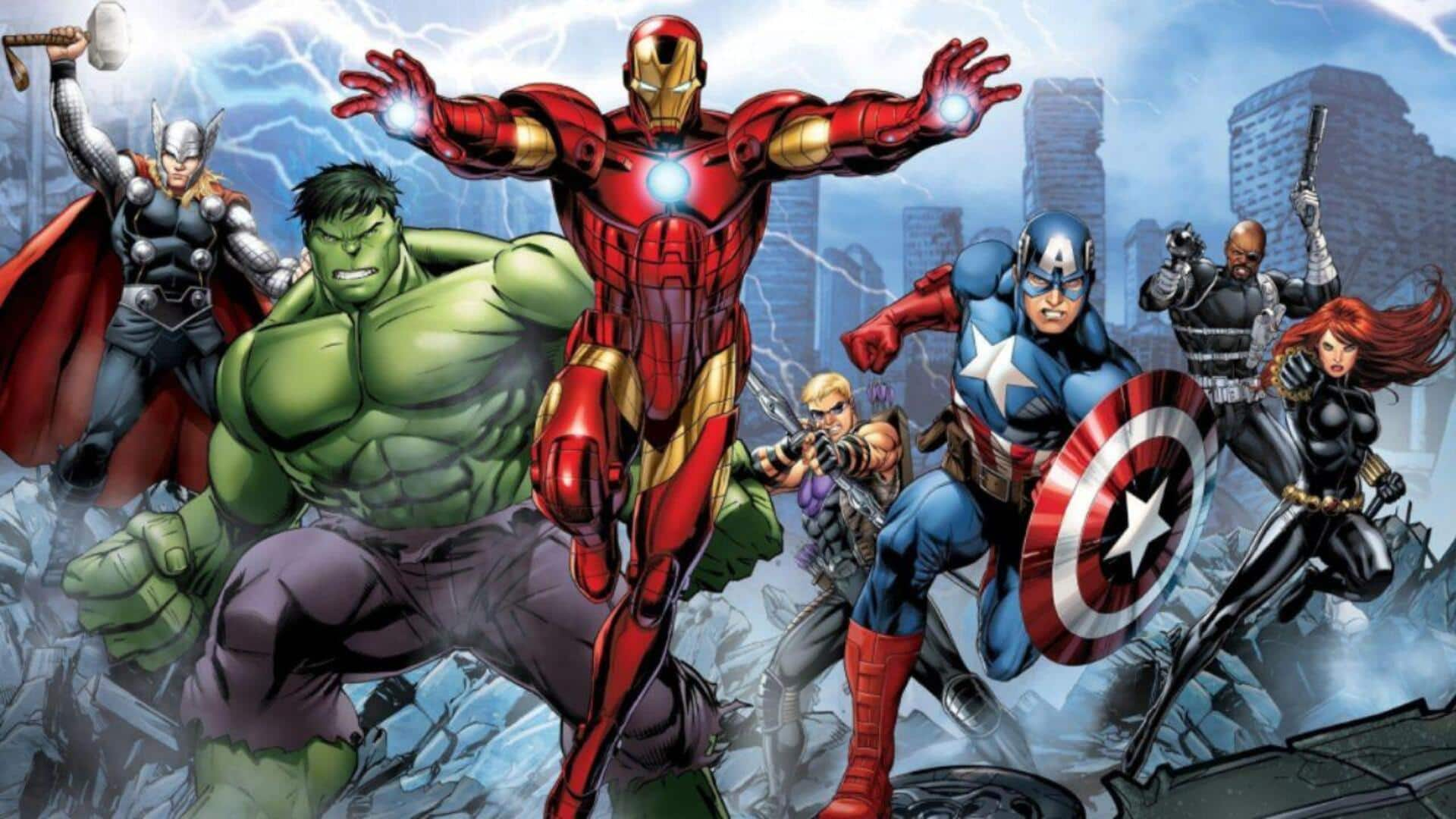
The superhero team formula that conquered Hollywood
What's the story
The rise of superhero teams in US cinema has revolutionized the film industry. These ensembles have mesmerized audiences, luring millions into theaters and raking in billions at the box office. The trend started picking up in the early 2000s and has now become a modern-day norm. Here are the key elements that have made it possible, and how these films have transformed storytelling, marketing, and audience engagement.
#1
'Avengers' and its impact
The release of The Avengers in 2012 was a game-changer for superhero team-ups. It was one of the first films to successfully unite multiple superheroes from different franchises into a single narrative. This not only broadened the scope of storytelling but also piqued audience interest by merging the fan bases of different characters. Its success established the lucrative nature of such collaborations, paving the way for more ensemble projects.
#2
Expanding cinematic universes
Superhero teams have been instrumental in blowing up cinematic universes. By introducing interconnected storylines through multiple films, studios can create an ongoing narrative that keeps audiences engaged over time. This tactic prompts viewers to watch every installment to fully comprehend the overarching plot, which leads to higher box office returns for every movie released in the universe.
#3
Marketing strategies and merchandise
The rise of superhero teams has also impacted marketing strategies within the film industry. Studios capitalize on these ensembles by developing comprehensive merchandise lines with popular characters from each team. From action figures to clothing items, these products provide additional revenue streams beyond ticket sales alone. Additionally, cross-promotional campaigns with other brands ensure public interest is maintained between movie releases.
#4
Audience engagement through diversity
Diversity in superhero teams makes them more popular in US cinema. By having characters from different backgrounds, they attract a larger audience, promoting inclusivity. This tactic makes on and off-screen engagement richer, as fans talk about representation through social media. This ultimately results in greater viewership and profits, as audiences find themselves more connected and represented onscreen.